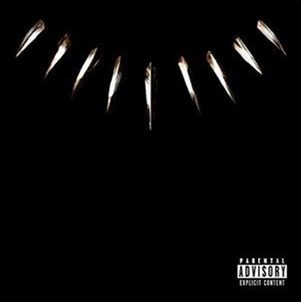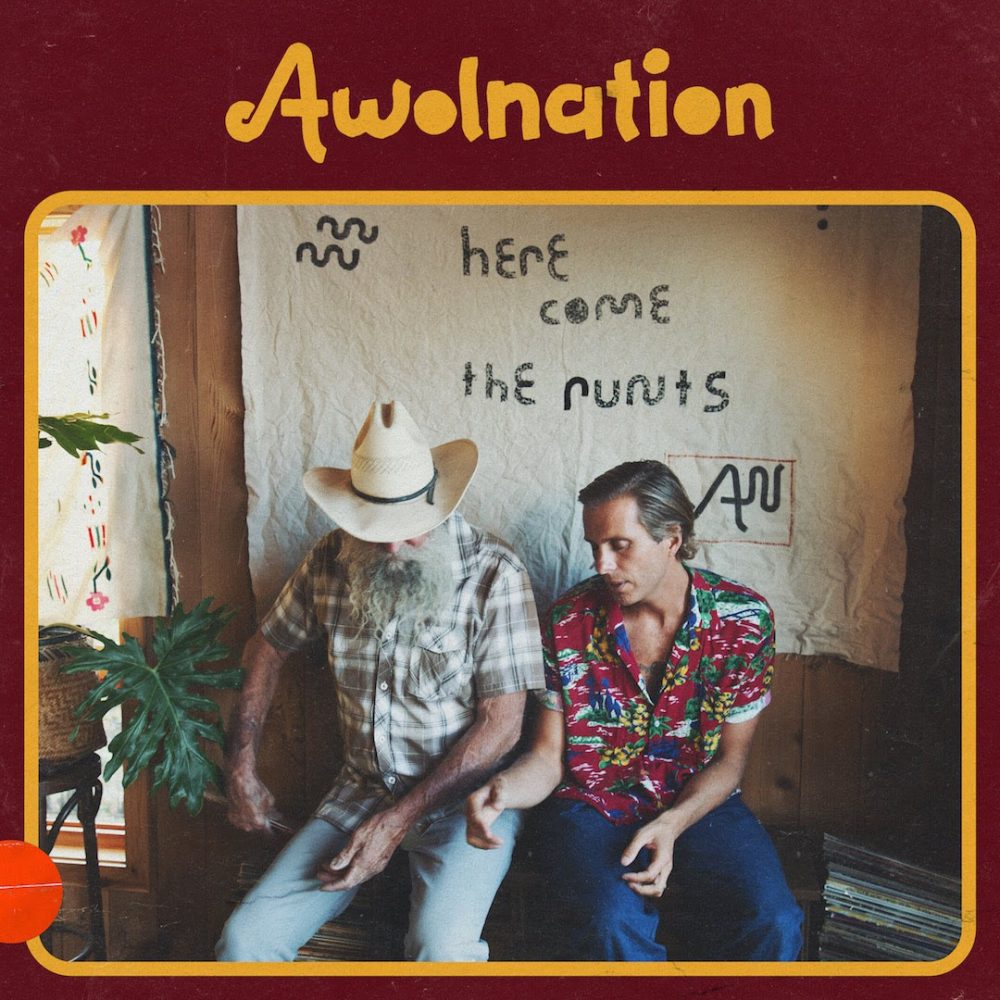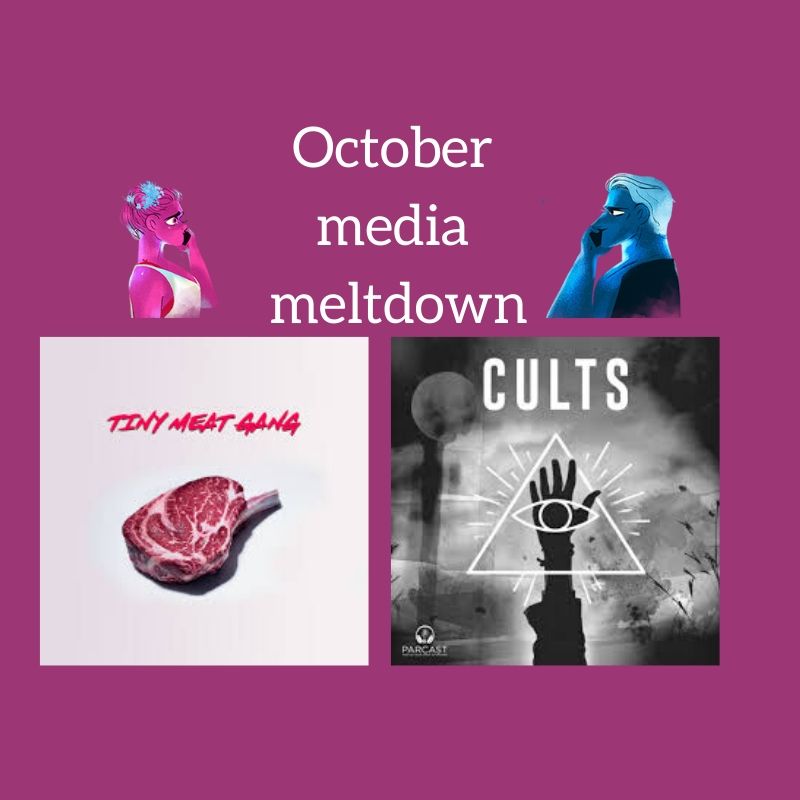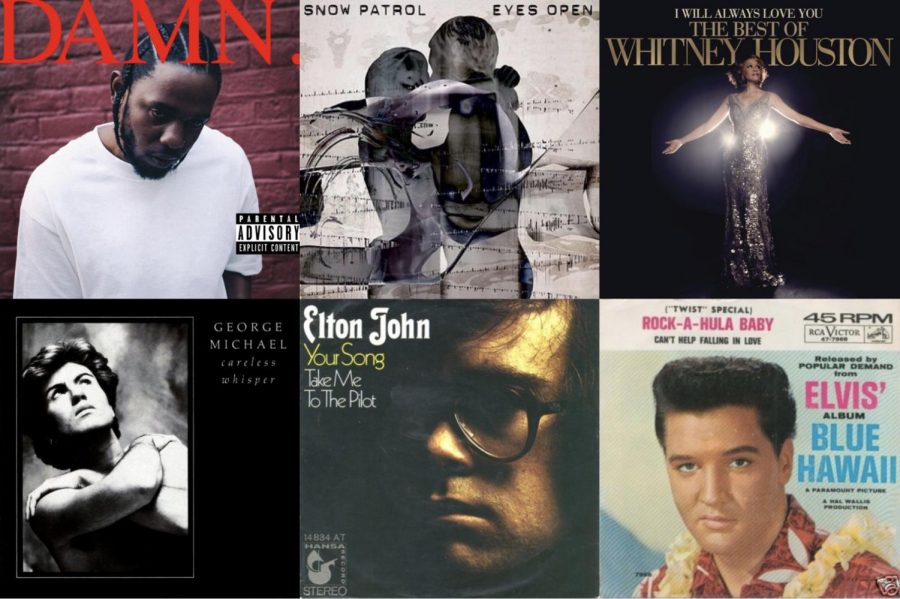
Black Panther: The Album
Hitting the top of the Billboard 200, Kendrick Lamar’s “Black Panther: The Album” definitely lives up to the movie that shares its name. All of the songs are either inspired by or made for the film, with songs such as “Paramedic!” and “Pray for Me” finding a place in the movie.
In the album, Lamar effectively utilizes aspects of traditional African music and his style of electronic hip-hop into a piece that bridges the gap between the two styles. The lead song, “Black Panther,” introduces this synergy to listeners with its use of African drums in the intro before it breaks to the first verse with Lamar as the vocalist. The drums closely follow Lamar’s rapping in a rise and fall that illustrates to listeners the pressures of responsibility that the protagonist, T’Challa, feels as the new king of Wakanda. As the introduction to the album, the song does not fail to set the stage for listeners as they are swept deeper into T’Challa’s narrative.
It is in the fifth song on the album, “Opps,” that listeners are introduced to T’Challa’s nemesis and revolutionary, Erik Killmonger. With the repeated lines, “You’re dead to me,” directed toward T’Challa in the chorus, Killmonger reveals his serious discontent towards the sovereign leader which adds another dimension to T’Challa’s conflict. What had started as a mostly personal conflict about the pressures of responsibility has now taken to the public as the king’s authority is challenged verbally.
As a whole, the album contains much to intrigue listeners and pull them into Lamar’s version of the Black Panther narrative. Considering it as a standalone from the film, Lamar’s album stands as the perfect opportunity for people to experience writer Stan Lee’s vision for the comic. In conjunction with the movie, however, it helps to bring the narrative alive even after the credits roll.
 Here Come the Runts
Here Come the Runts
With their latest album, “Here Come the Runts” snagging the public’s praise with review scores higher than their last album, “Run,” it’s no doubt that Awolnation has truly honed their talent in recent years. That doesn’t mean that the album is flawless, however, as the band’s further exploration into electronic rock is bumpy periodically throughout the album.
The album takes listeners on a trip, beginning with an invitation to “start the magic” in the song “Here Come the Runts” and concluding in the urgent pleas to the conductor to “stop that train” in the song with the same name. During this trip, listeners experience a sudden shift in pace that can be jarring at first.
The third song in the album, “Sound Witness System,” is the final upbeat song before the album drops to create a more chilling atmosphere. The song stands out from the rest of the album as it begins with the vocalist seemingly speaking to a beat rather than singing. This, and the rather repetitive, sexually driven lyrics, place the song in harsh contrast with the other songs on the album.
After that song, the album drops in pace and picks up in quality. The song, “Handyman,” is an example of this. The chilling vocals and acoustic guitar delves into a softer approach at rock and sets the stage for many of the songs following it. At this point, listeners are able to nestle into their seats more comfortably as they are taken through the rest of their album.
Overall, “Here Come the Runts” is a well-developed and interesting piece; however, due to its often repetitive lyrics that may sound annoying or boring at first listen, the art in their latest album may be lost on listeners. With that in mind, newcomers to the album should give the album a few listens before establishing for themselves whether they understand its art or not.















